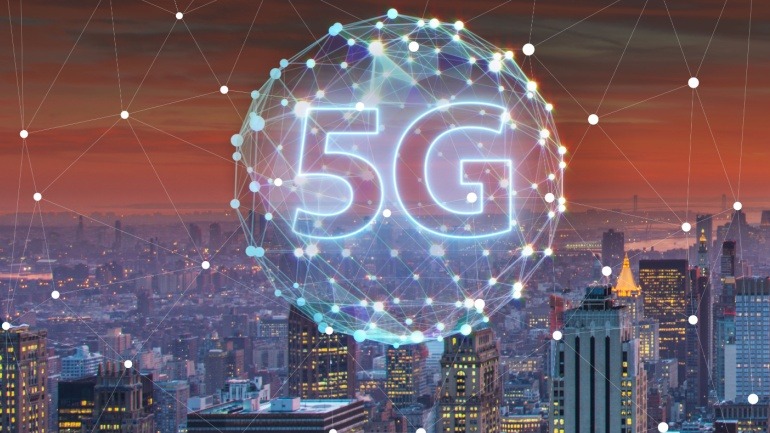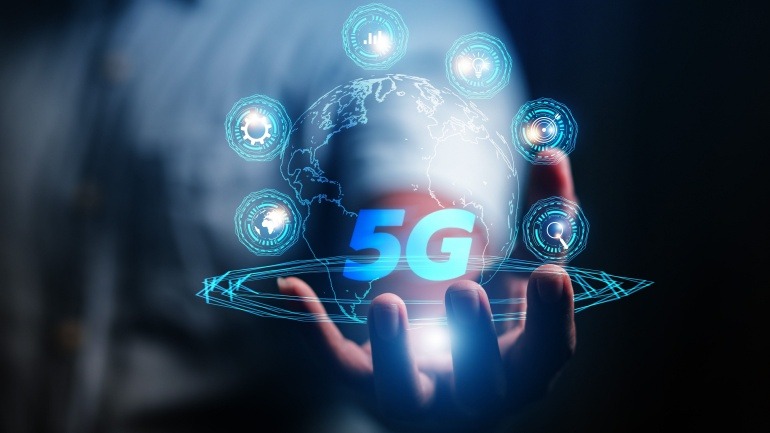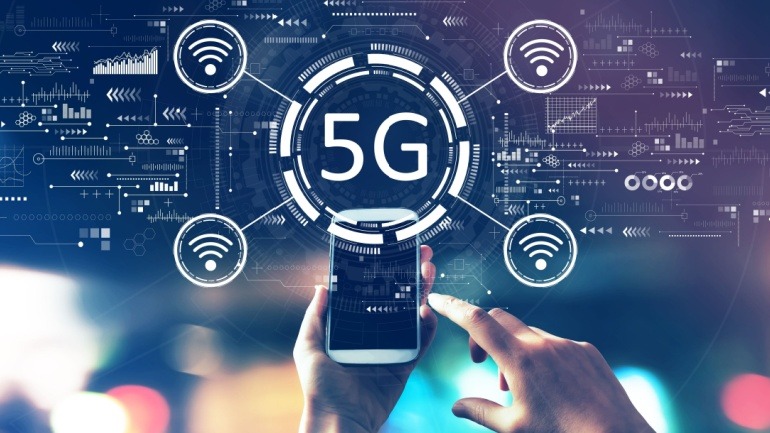The Wireless Broadband Alliance has unveiled an advanced Operator Managed Wi-Fi framework, revolutionizing residential Wi-Fi management. By integrating key standards like Wi-Fi EasyMesh, this update enhances the capabilities for ISPs, improving the user experience.
Cisco’s partnership with Transatel revolutionizes secure 4G and 5G connectivity using eSIM technology. This seamless integration offers enterprises faster, scalable, and secure mobile branches with on-demand SD-WAN and edge computing for IoT.
Aramco Digital is eyeing a $1 billion minority stake in Mavenir, potentially valuing the telecom tech firm at $3 billion. Struggling with debt, Mavenir seeks urgent funding amid slow Open RAN adoption.
BSNL’s 5G tender mandates local equipment, sparking dissatisfaction among giants like Ericsson and Nokia. This local focus aligns with BSNL’s 5G Standalone expansion strategy in New Delhi.
Viettel has launched Vietnam’s first commercial O-RAN 5G network, powered by Qualcomm’s advanced 5G platforms. The rollout, featuring over 300 sites by 2025, includes cutting-edge infrastructure like the Qualcomm X100 and QRU100 platforms.
Argentina’s telecom sector is poised for a 5G revolution as the government releases more spectrum, boosting the digital infrastructure. By reallocating spectrum from Arsat and Enacom, the initiative promises significant investments and growth.
The escalating US-Huawei tensions profoundly impact the global VOIP industry by highlighting the strategic importance of technological independence. Ongoing sanctions against Huawei emphasize a pivotal point: adaptability in sourcing components is crucial. As these US-China dynamics unfold, VOIP providers must anticipate shifts in technological power impacting future market strategies.
Vodafone Idea is set to launch commercial 5G services by March 2025, entering the competitive field amidst Bharti Airtel and Reliance Jio’s services started in 2022. Targeting 17 of India’s 22 telecom circles, Vi’s strategic approach involves upgrading 75,000 4G sites..
Siemens partners with LS Telecom to globalize its private 5G system, expanding beyond Germany. This collaboration aims to deliver advanced 5G solutions across various industries. With LS Telecom’s expertise, Siemens enhances its 5G capabilities, focusing on high-frequency bands in Europe and the US.
KT and its subsidiary KT SAT have revolutionized 5G connectivity through KOREASAT 6 integration with a 5G non-terrestrial network. This milestone utilizes the 5G NTN standard, expanding 5G services to remote areas. Their pioneering trials highlight NTN’s potential for 5G and future 6G innovations, overcoming geographical challenges.













